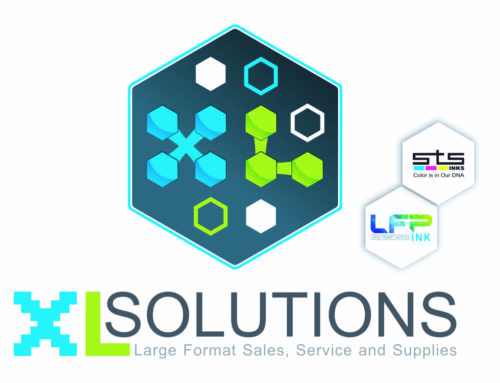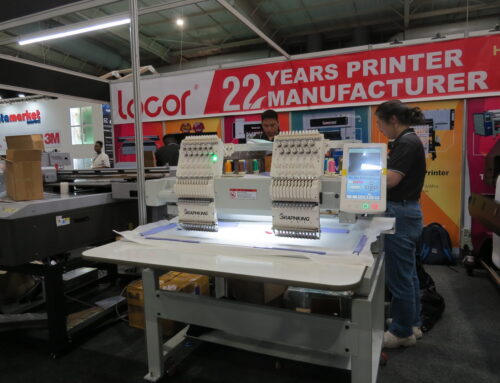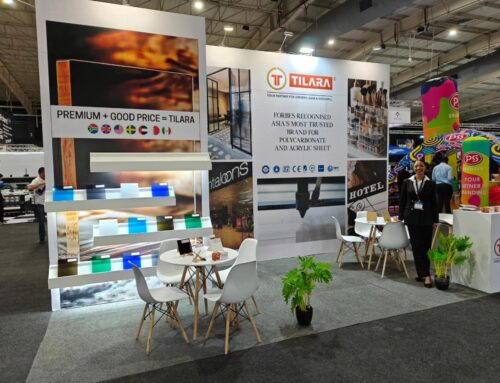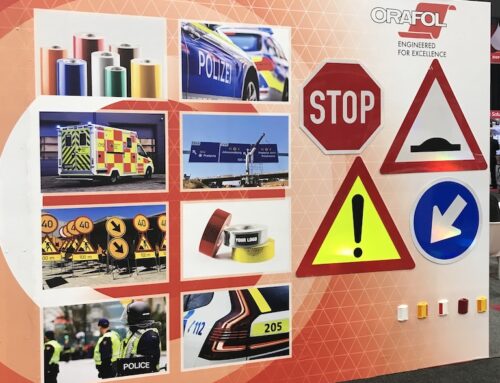Technological advances are helping to keep waste and remakes to a minimum as well as helping to control the cost of consumables. We are seeing more and more companies starting to include sustainability as part of their investment decisions.
This might be because their customers are asking the question, or because business owners recognise that sustainability in the graphics industry is everyone’s problem. More likely their concern and interest is in response to new technologies and the savings they offer. Sustainability through reduced waste is a common justification for a new kit. Prices for technology, especially hardware, continue to fall, making investments less onerous and perhaps easier to manage.
Automation for unattended production with remote monitoring is one of the primary areas for innovation. The idea is that managers and operators should only need to intervene when stuff goes wrong. This added control dimension is not particularly new, but it is rising up the agendas of print service providers as their confidence in it rises. Not so long ago remote working was too much of a risk and too abstract for many printing companies to embrace. But the combination of automation software for workflows and machine control supported in the cloud, accessed via a smartphone, is making a real difference to perceptions. It is all about confidence in the digital environment.
This is an important indicator for how we can expect the graphics industry to evolve over the coming years as the investment emphasis shifts from technology to business management. Compared to the rate of advance in graphics technology seen over the last 30 years, huge leaps are a bit of a rarity these days. We are high up the curve for hardware, workflow control, substrates and ink chemistries. Developers are now working towards ever greater automation and efficiency, and this has to be good for the industry’s sustainability. New applications and substrate support, for instance, are now more common than profound hardware innovations, and major technological breakthroughs are trickling down into increasingly wider realms of affordability.
Heightened awareness in the graphics business that sustainability matters to print buyers is encouraging further automation in the interests of sustainability. Across the spectrum, from large companies keen to walk the sustainability walk down to individual buyers concerned about minimising the environmental impact of their buying choices, sustainability awareness is improving. As it does so, print media supply chains are inevitably becoming more environmentally friendly.
This article was produced by the Verdigris Project, an industry initiative intended to raise awareness of print’s positive environmental impact. Verdigris is supported by: Agfa Graphics (www.Agfa.com), Digital Dots (www.digitaldots.org), EFI (www.efi.com), FESPA (www.fespa.com), Fujifilm (www.fujifilm.com/sustainability/), HP (www.hp.com), Kodak (www.Kodak.com/go/sustainability), Practical Publishing (www.practicalpublishing.co.za), Ricoh (www.ricoh.com), Unity Publishing (http://unity-publishing.co.uk) and Xeikon (www.xeikon.com).
THE VERDIGRIS PROJECT
http://verdigrisproject.com/








